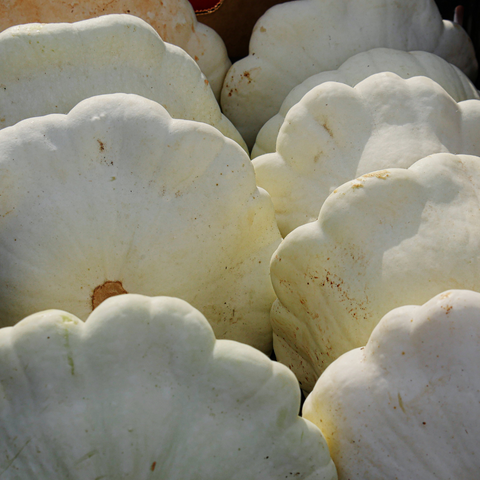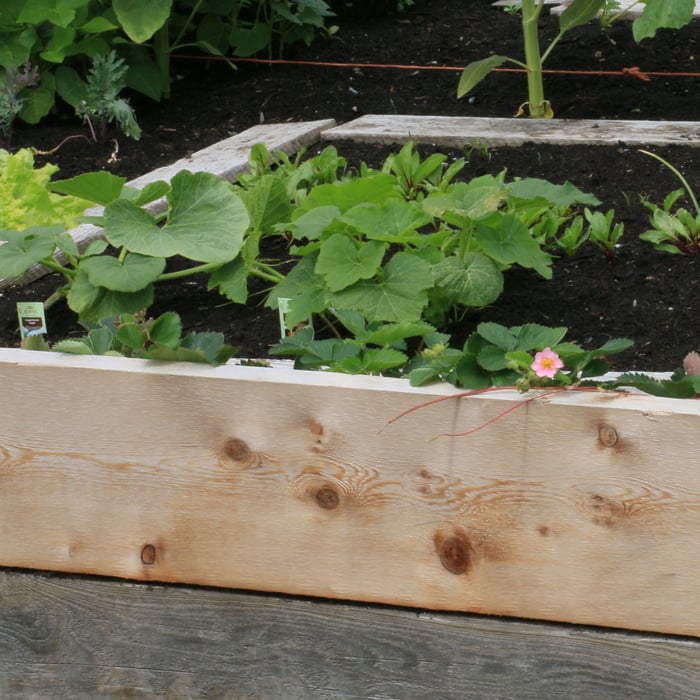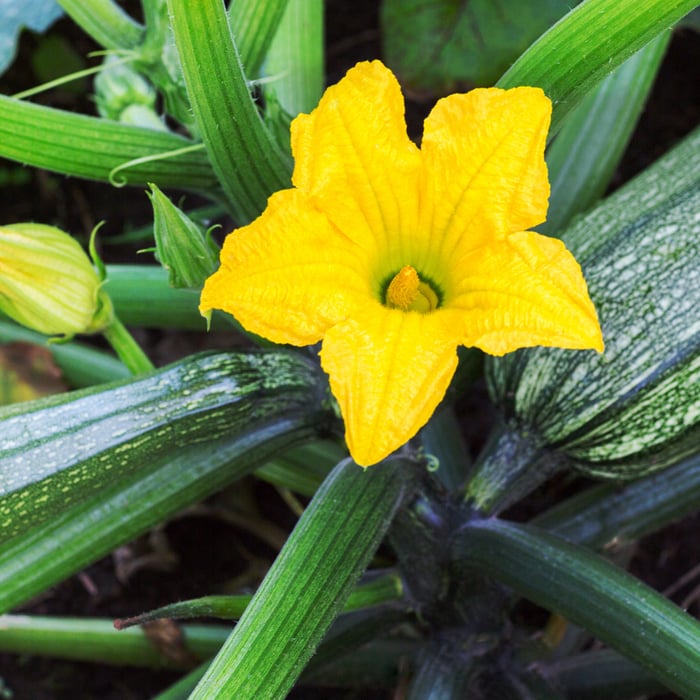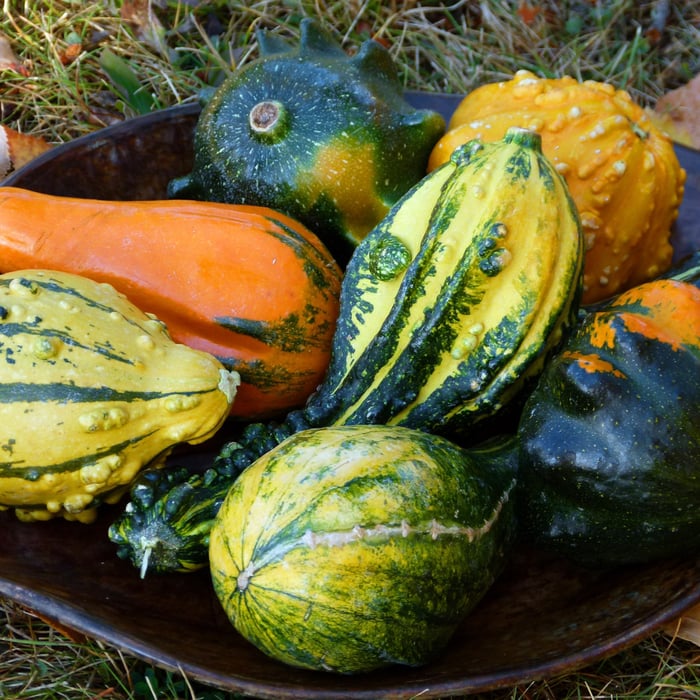What is patty pan squash, also known as "flying saucer" squash, is a small summer squash with a unique shape and flavor. The squash is named for its resemblance to a small flying saucer, with scalloped edges and a light green, white, or yellow color.
Patty pan squash is commonly found in grocery stores and farmers' markets during the summer months. The squash can be eaten raw or cooked and has a slightly sweet and nutty flavor.
Health Benefits of Patty Pan Squash
One of the unique features of patty pan squash is its versatility in the kitchen. It can be used in a variety of dishes, from simple sautés and salads to more complex casseroles and soups. Its unique shape also makes it a great choice for stuffing, as the hollowed-out center can be filled with a variety of delicious ingredients.
Patty pan squash can also be a great addition to a healthy diet. In addition to being low in calories and high in fiber, it is also a good source of vitamins A and C, potassium, and calcium. It can be a great substitute for other types of summer squash in recipes, and its unique flavor and texture can add a fun twist to your favorite dishes. Whether you're looking for a new vegetable to try or just want to mix things up in the kitchen, patty pan squash is definitely worth adding to your grocery list.
Patty pan squash is a nutritious vegetable that is low in calories and high in fiber. It is also rich in vitamins and minerals that are essential for good health. Some of the health benefits of patty pan squash include:
Non-GMO Squash Seeds | 8 Variety Pack
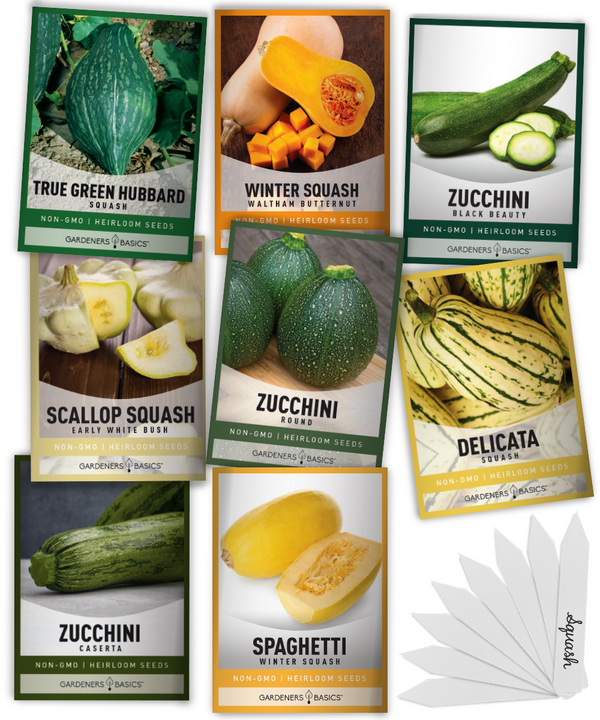
$15.95
Ultimate 8 Squash Seeds Variety Pack for Home Gardeners – Heirloom & Non-GMO Seeds Introducing our 8 Squash Seeds Variety Pack—the ultimate selection for gardeners who love cultivating a diverse range of delicious, homegrown squash! This carefully curated variety pack… read more
- Improved digestion: Patty pan squash is high in fiber, which helps to regulate digestion and prevent constipation.
- Healthy heart: Patty pan squash is low in sodium and high in potassium, which can help to lower blood pressure and reduce the risk of heart disease.
- Strong bones: Patty pan squash is rich in calcium and magnesium, which are essential for strong bones and teeth.
- Healthy skin: Patty pan squash is rich in vitamin C, which helps to promote healthy skin and prevent wrinkles.
- Weight loss: Patty pan squash is low in calories and high in fiber, making it a great choice for people who are trying to lose weight.
Patty Pan Squash Varieties
There are several varieties of patty pan squash, including:
- White Bush Scallop: This is the most common variety of patty pan squash. It has a light green or yellow color and a slightly sweet flavor.
- Benning's Green Tint: This variety has a pale green color and a slightly more savory flavor.
- Yellow: This variety has a bright yellow color and a slightly sweet flavor.
How to Cook Patty Pan Squash
Patty pan squash can be cooked in a variety of ways, including roasting, grilling, and sautéing. Here is a simple recipe for roasted patty pan squash:
Heirloom Squash Seeds | 5 Variety Pack
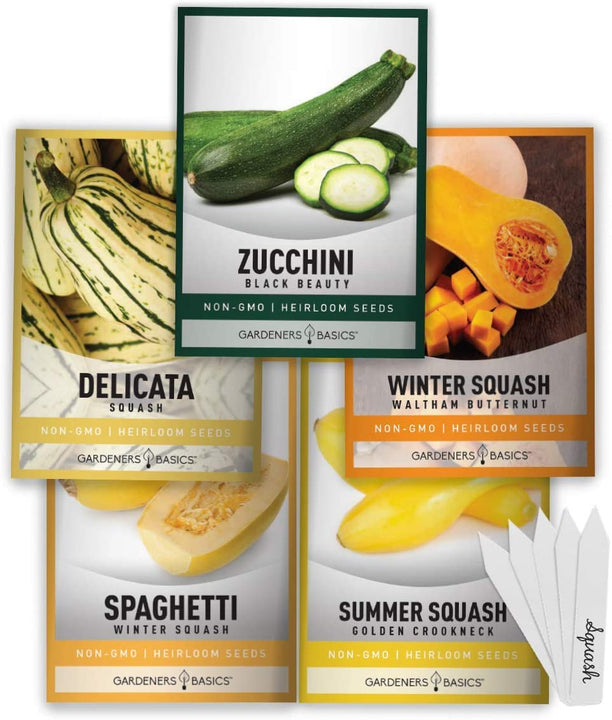
$9.95
5 Squash Seeds Variety Pack: Heirloom, Non-GMO, Open-Pollinated Squash Seeds for Vegetable Gardening Our 5 Squash Seeds Variety Pack is the ultimate collection for garden enthusiasts and squash lovers! Whether you're' a seasoned gardener or just starting out, this heirloom… read more
Roasted Patty Pan Squash Recipe
Ingredients:
- 4 patty pan squash
- 2 tablespoons olive oil
- Salt and pepper, to taste
- 1/4 cup grated parmesan cheese
- 1/2 teaspoon red pepper flakes (optional)
- 1 tablespoon fresh herbs, chopped (such as basil, thyme, or rosemary)
- 1 tablespoon lemon juice
Instructions:
- Preheat the oven to 400°F (200°C).
- Cut the patty pan squash into 1/2-inch slices.
- Toss the squash with olive oil, salt, and pepper in a bowl.
- Arrange the squash in a single layer on a baking sheet.
- Roast for 15-20 minutes, until the squash is golden brown and tender.
- Sprinkle the parmesan cheese, red pepper flakes (if using), and fresh herbs over the squash.
- Drizzle with lemon juice before serving.
Where to Find Patty Pan Squash
Patty pan squash can usually be found in grocery stores and farmers' markets during the summer months. Look for squash that is firm and free from blemishes.
If you can't find patty pan squash in your local grocery store or farmers market, you can also try growing it yourself. Patty pan squash seeds can be found on our website!
How to Grow Patty Pan Squash
If you want to grow your own patty pan squash, it is a relatively easy vegetable to grow in your garden. Patty pan squash seeds can be sown directly in the ground after the danger of frost has passed, or they can be started indoors 2-3 weeks before the last frost date and transplanted outside once the weather warms up. Patty pan squash plants prefer well-drained soil and full sun, and they should be watered regularly to ensure consistent moisture. Once the plants begin to produce fruit, be sure to harvest the squash when they are small and tender, as larger squash can be tough and less flavorful. With a little bit of care and attention, you can enjoy fresh, home-grown patty pan squash all summer long.
Conclusion
Patty pan squash is a unique and delicious summer squash that can be enjoyed in a variety of ways. Whether you roast it, grill it, or sauté it, patty pan squash is sure to add a burst of flavor to any dish.
Non-GMO Squash Seeds | 8 Variety Pack

$15.95
Ultimate 8 Squash Seeds Variety Pack for Home Gardeners – Heirloom & Non-GMO Seeds Introducing our 8 Squash Seeds Variety Pack—the ultimate selection for gardeners who love cultivating a diverse range of delicious, homegrown squash! This carefully curated variety pack… read more





